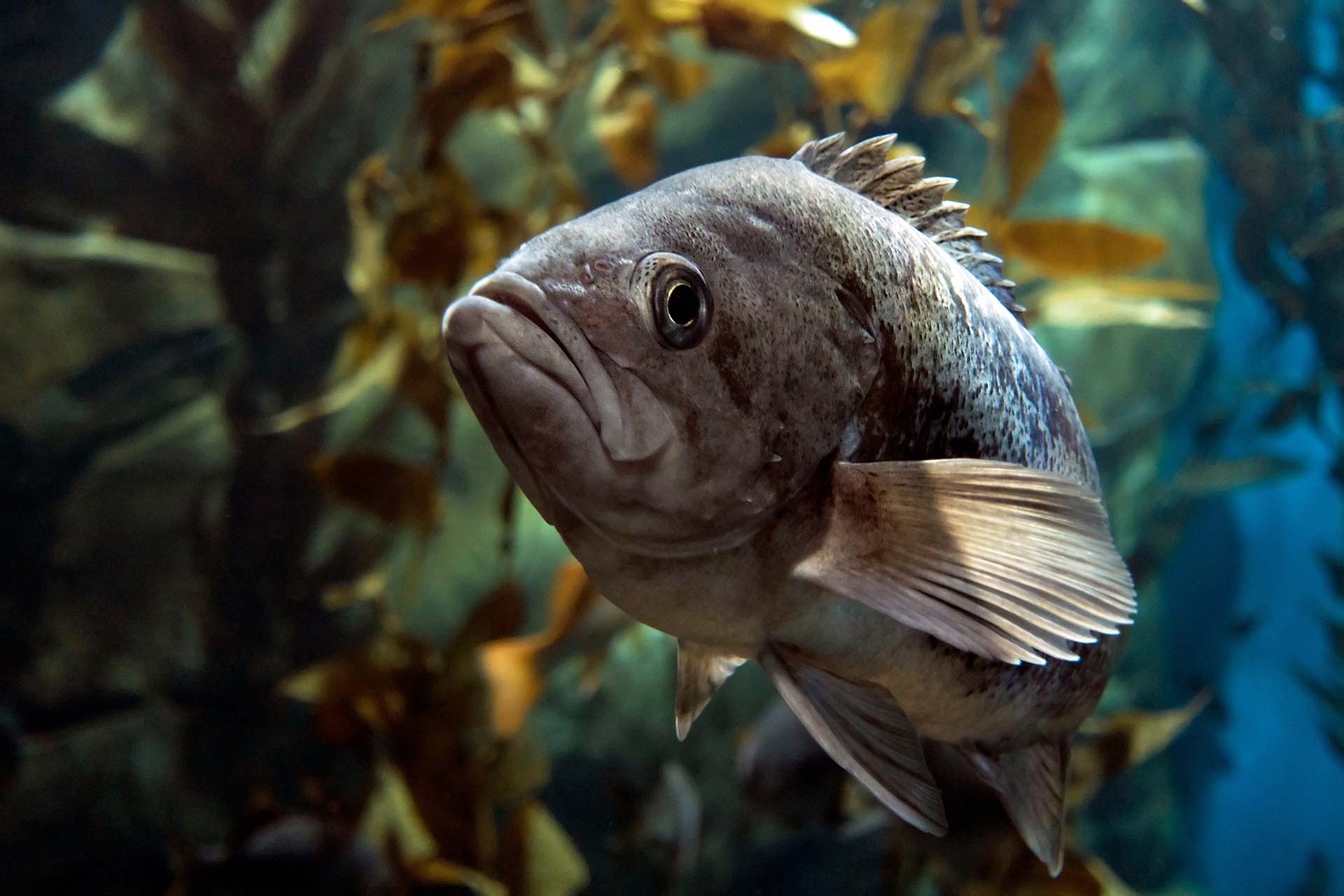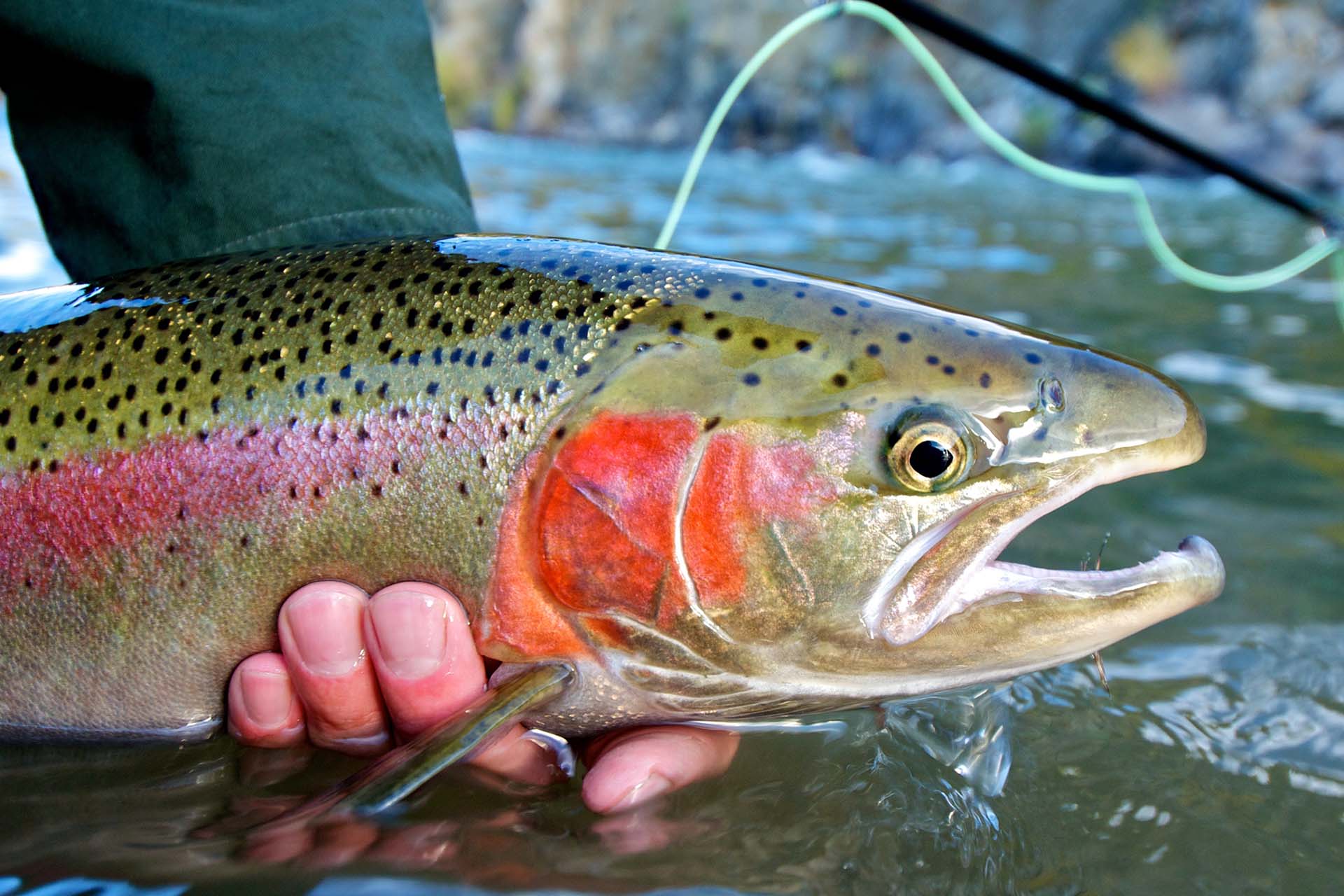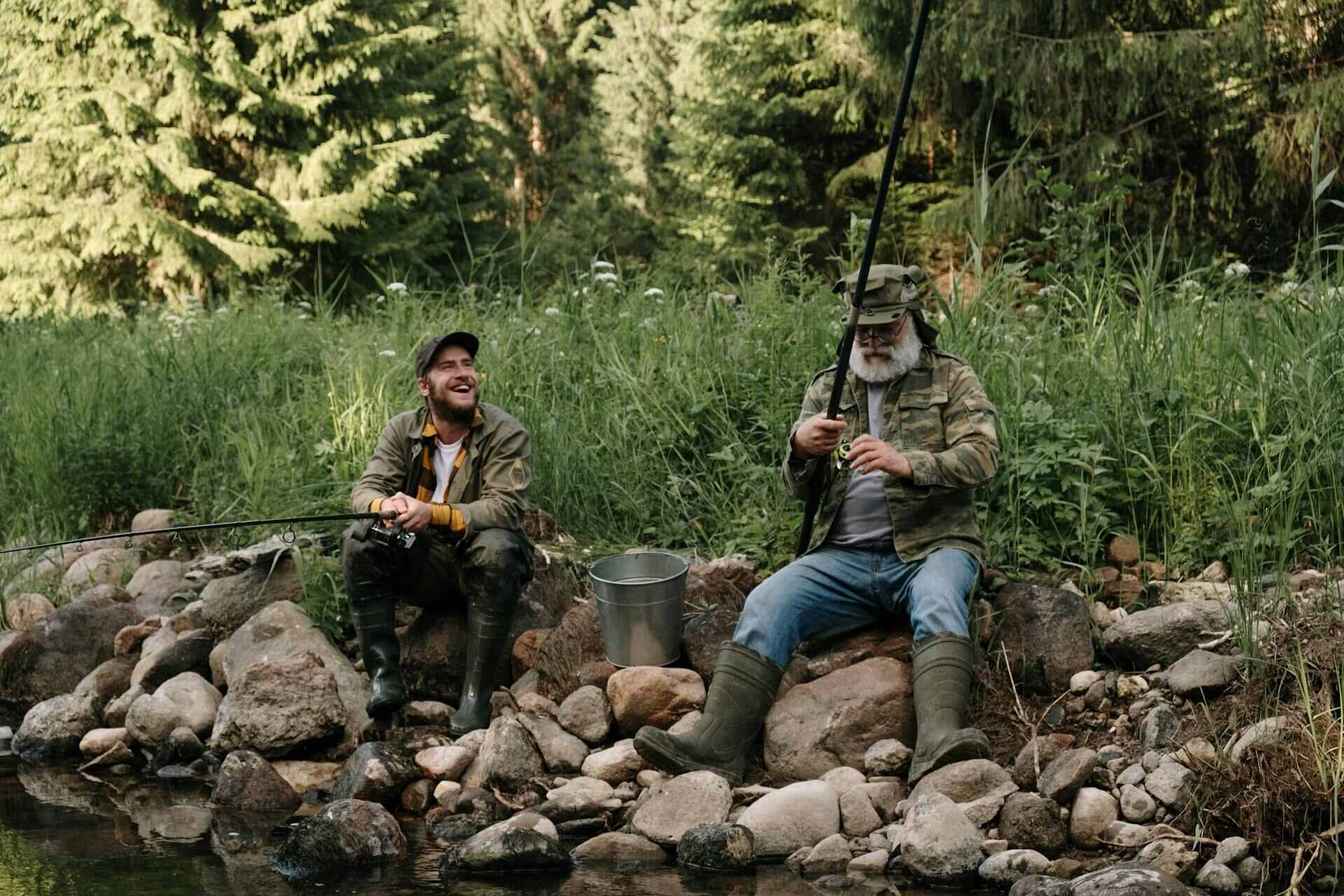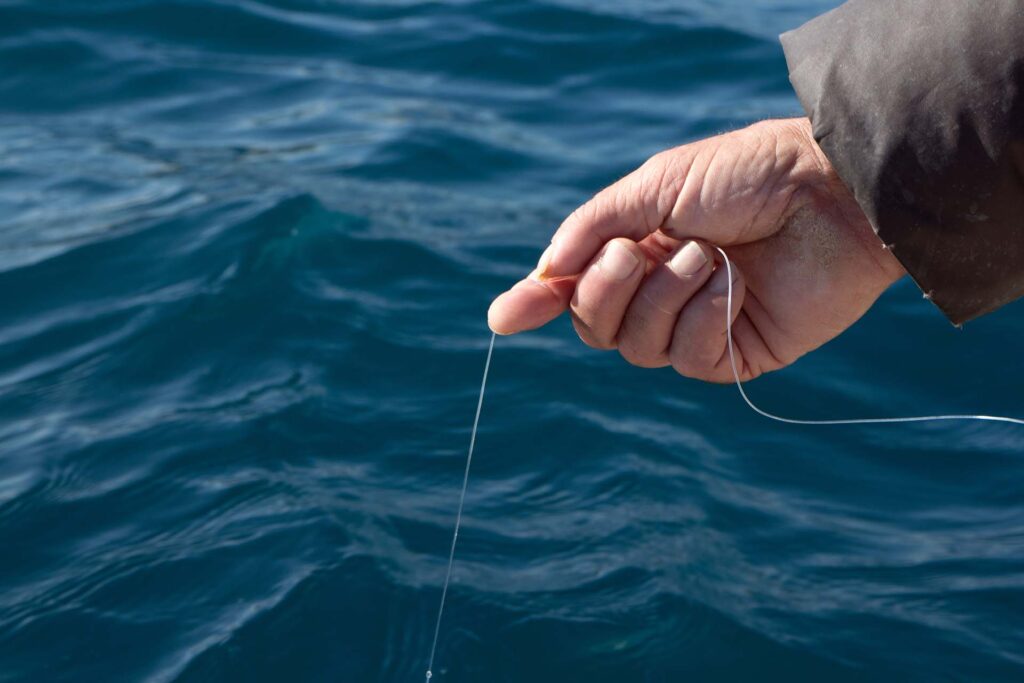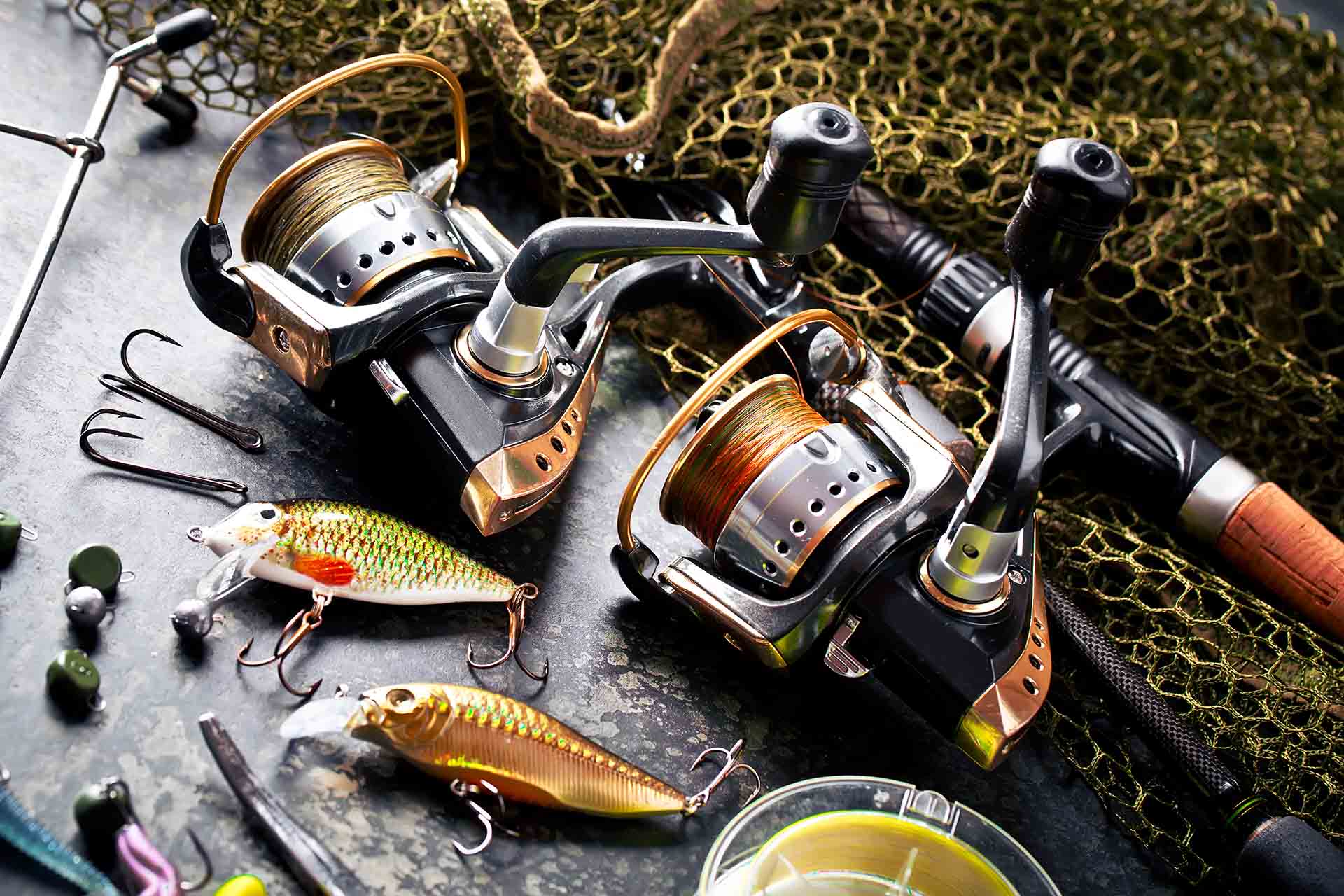When you’re trying to take your angling game to the next level, learning how to fly fish for bass can provide an exciting challenge. That’s because it’s not just about the cast but also about syncing with the subtle rhythms of the water where these captivating creatures dwell. Let’s take a look at how you can turn each cast and drift into a rewarding experience.
Bass inhabit various freshwater environments, so it’s important to have versatile gear while adapting the technique to the ever-changing conditions. Spring, summer, and fall can provide plenty of catches, but the approaches might vary depending on the weather and water clarity. It will surely take time to master the casting technique, but it’s all about trial and error.
What Should You Know About Bass Behavior?
Sometimes referred to as hawgs or tanks due to their size, these fish are a staple in various freshwater environments like lakes, rivers, and streams. However, they can also be found in saltwater. Their popularity among both seasoned veterans and beginner anglers is attributed to not only their widespread across the aquatic realm but also their spirited fight when hooked.
Before we get into any more detail, here’s an overview of the most common species of bass:
| Species | Average weight | Preferred habitats |
|---|---|---|
| Smallmouth | 12 pounds max | Cooler waters with rocky bottoms in North America |
| Largemouth | 22 pounds max | Shallow waters of North and South America, Europe, Africa |
| Striped | 125 pounds max | Coastal habitats of the East Coast and the Pacific Northwest |
Habitats Preferred by Bass
This fish has a knack for adapting to various environments, making a home in both freshwater and saltwater domains. For example, the striped variety stands out with its impressive size as one of the most common saltwater species, boasting up to 125 pounds.
On the other hand, largemouth bass favors the warm, shallow waters, thriving amidst the gentle embrace of the sun’s rays. Their smallmouth counterparts, however, have a penchant for the serene depths of cooler waters. Underwater structures and vegetation-rich areas are hotspots for these fish, offering refuge and abundant food sources.
Seasonal Movements and Feeding Patterns
In the aquatic food chain, these fish are apex predators, with a diet consisting of small panfish, insects, and crustaceans – a tidbit that comes in handy when it’s time to make homemade bait. Opportunistic and equipped with sharp eyesight and acute hearing, they like to sneakily use the underwater structures around them to catch prey.
The feeding and behavioral patterns of this species are largely influenced by temperature – they’re energetic in warm waters and more reserved in cooler conditions. Here’s how the changing seasons leave a mark on their behavior:
- Spring – marks the spawning period, before which they frequent the shallower areas and feed aggressively,
- Summer – perfect for employing some topwater action with fly fishing during early morning and evening hours,
- Fall – they’re still relatively active, taking advantage of the abundant food before the cold sets in,
- Winter – in the chilly embrace of winter, their activity levels dip, leading to reduced feeding and movement.
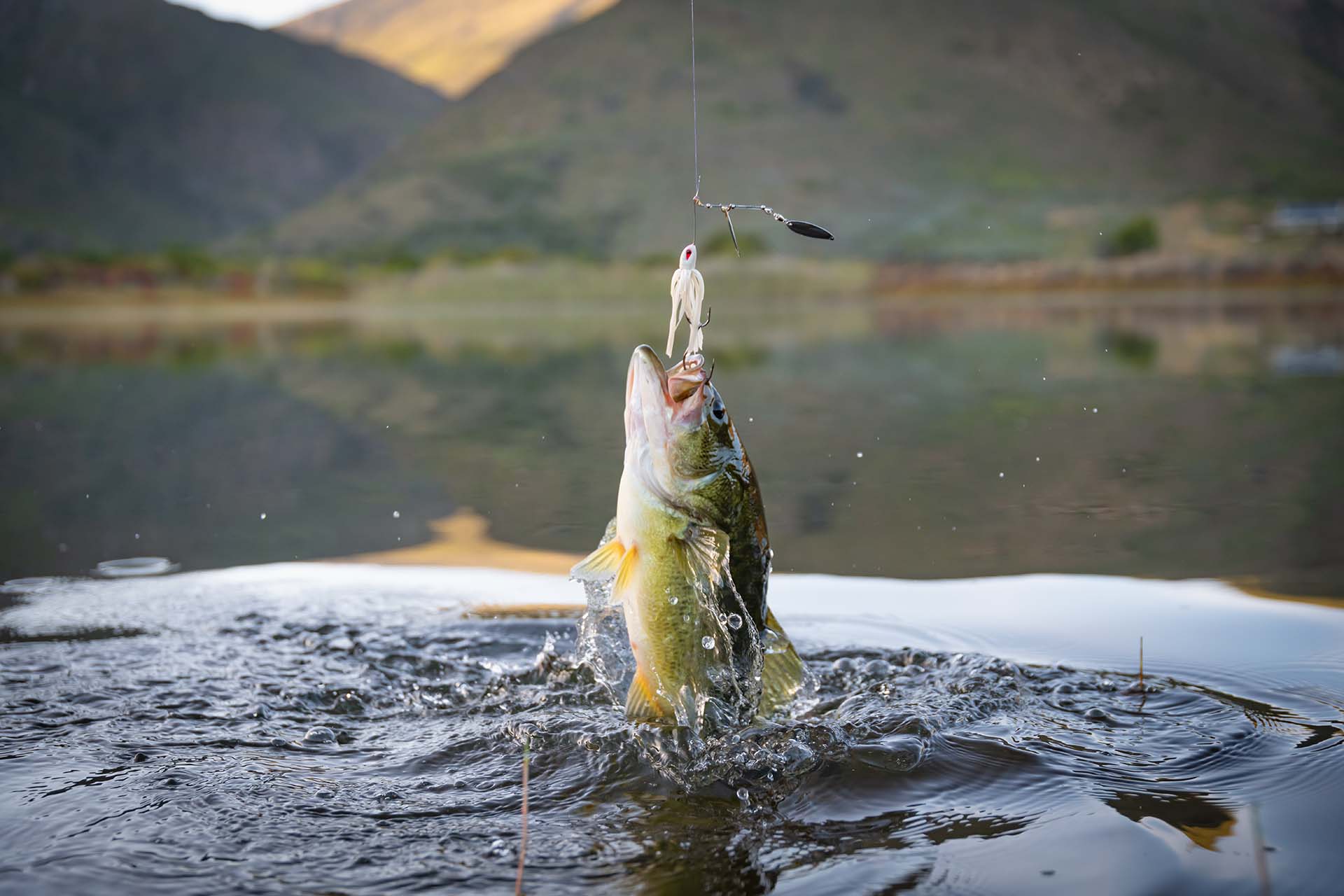
Essential Gear for Fly Fishing Bass
The nuances of each catch are profoundly influenced by the tools of the trade. When it comes to this angling technique, each and every piece – from the fishing rod to the artificial fly – isn’t just equipment but an extension of the angler. Here’s all of the gear you’ll need:
Selecting the Right Fly Rod and Reel
Considering that the artificial flies for this fish species tend to be large in order to resist the wind, opting for a 6 to 7-weight fly rod with medium action is the best way to go. I’d personally recommend the Redington Crosswater Combo, as it effortlessly adapts to varied environments, and can even come in handy if you’re targeting other species with this method.
Line Types and Their Applications
Given this species’ preference for the shallows or structurally rich waters, the need for sinking lines often takes a back seat. A weighted forward floating line, like the Riverruns Floating Line with Welded Loop, emerges as the optimal choice. Paired with an 8 to 12-pound leader and tippet, this setup is not only robust but versatile.
Key Fly Patterns for Bass
As these fish are predatory by nature, it’s best to employ larger flies for the job. Streamers, poppers, and crayfish imitations are the usual go-to choices for fishermen. However, it’s always important to consider the specific environment you’re angling in – taking time to research the resident insects lays the foundation for informed experimentation.
How to Fly Fish for Bass – Perfecting Your Casting Technique
Armed with the right gear, the journey into the art of fly fishing is only just beginning. It’s a dance of precision, technique, and intuition – because of that, it’s natural that learning how to fish for bass with a fly rod takes time.
The Basics of a Good Fly Cast
Casting is the most important part of this angling style, so here are a few keystones to get you started:
- Always ensure that the tip of your fishing rod follows a straight line path to allow the energy to transfer effectively down the line,
- Adjust the width of your casting arc depending on the distance you’re aiming for – wider for longer casts, narrower for shorter ones,
- Mastering casting is all about understanding the rhythm, so make sure to incorporate a pause to allow the line to extend before the next cast fully,
- Apply power judiciously – more at the end of the back cast and less during the forward cast to optimize line speed and distance,
- Try to minimize slack to maintain control and responsiveness during the cast, enhancing accuracy and presentation.
Casting Techniques for Different Environments
Whether navigating the tight, intricate spaces adorned by nature’s touch or the vast, open embrace of expansive waters, casting techniques adapt. In tight spots, precision and control take precedence, while open waters invite power and distance.

Strategies for Different Water Types
Each water type is a unique landscape that demands specialized strategies and approaches. After all, the essence of fly fishing lies in its fluidity – the capacity to adapt, morph, and flow with the changing terrains and temperaments of diverse waters.
Fishing in Still Water Such as Ponds and Lakes
Still waters, like ponds and lakes, are deceptive. At first glance, they might seem static, but beneath the surface, a silent symphony of currents and underwater terrains is in motion. Here are a few important considerations to keep in mind:
- Optimize your catch chances by changing positions every 10 minutes or so,
- Observe insects on the banks, as they’re indicators of hotspots where fish are likely to congregate,
- Have a range of color presentations at hand to adapt to different conditions and moods,
- Cover the whole area and cast systematically to explore every pocket of water from your position,
- Take note of the water temperature and adapt your strategy accordingly.
How to Approach the Moving Waters Such as Streams and Small Rivers
Streams and rivers, with their dynamic flows and intricate underwater landscapes, invite a whole lot of precision and skill to the mix. Here are a few aspects to take into account:
- Understand their flow to predict the positions and movements of the fish,
- Cast upstream and let your lure drift down naturally with the current,
- Use shorter casts, as they offer better control in flowing waters,
- Be on the lookout for obstructions, as they will help you figure out where the bass are lurking,
- Modify your retrieve speed and casting technique to adapt to the speed of the current.
Tips on Dealing With Varying Water Clarity
In murky waters, focus on brighter, more visible flies and consider the enhanced sense of hearing of the fish. In crystal clear waters, subtlety is key – opt for more natural, subdued colors and refined movements. Every change in water clarity is an invitation to adapt, innovate, and immerse deeper into this delicate technique.
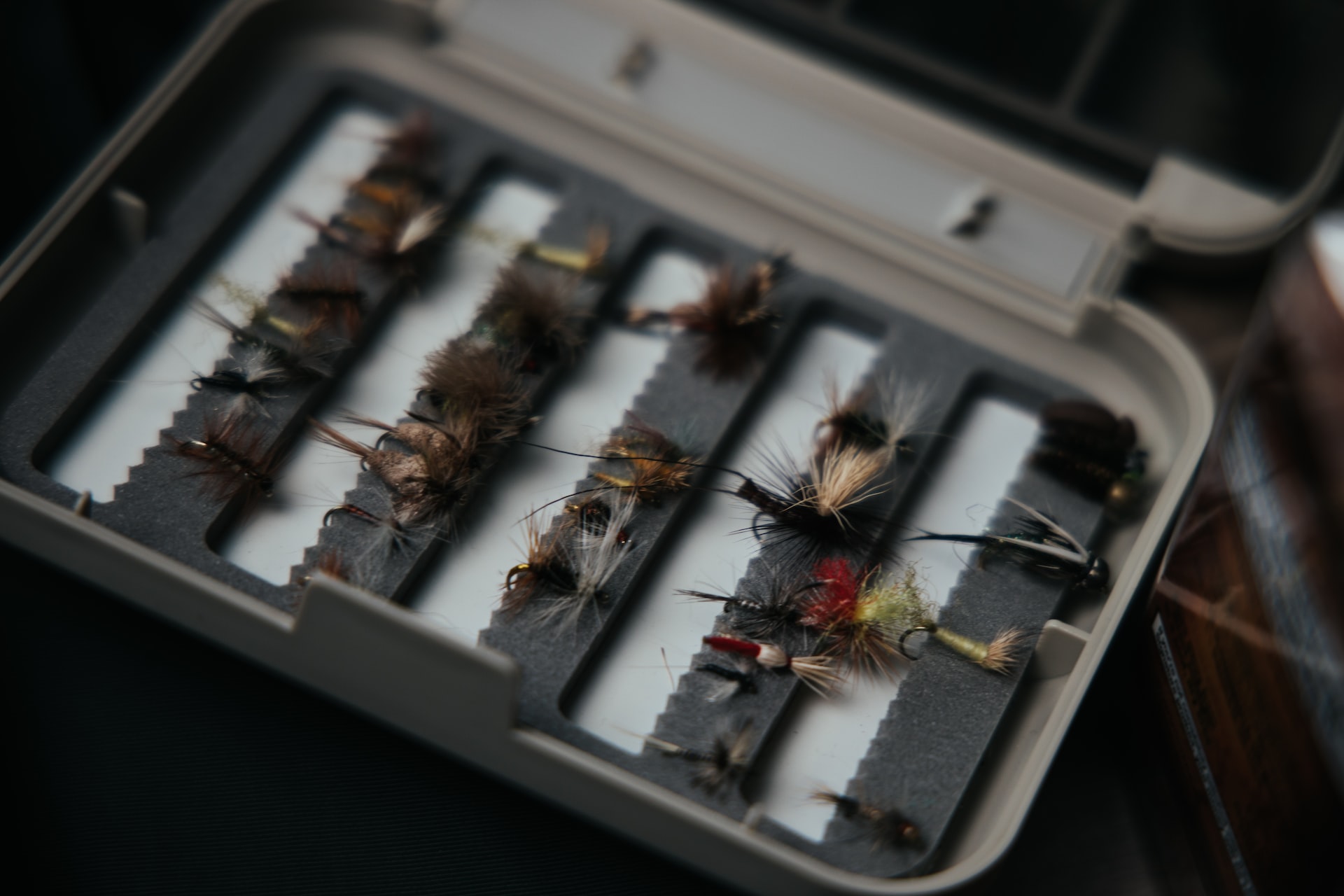
Setting the Hook and Playing the Bass
The whole pursuit reaches its climax in the art of playing your target. Each movement and pulse of the line tells a story – deciphering it becomes your golden ticket to success. It will definitely take time to get the hang of it, but persistent anglers can look forward to plenty of rewarding experiences.
Detecting Subtle Takes and Strikes
Bass have a way of taking the bait that is often as enigmatic as the fish themselves. Their strikes can be as subtle as a gentle pull or the faintest of vibrations transmitted along the line. Attuning to these delicate signals requires a mix of concentration and intuition – but once it’s time to pull, be ready for a feisty battle.
Techniques for Setting the Hook Without Snapping the Line
The secret behind setting the fish hook is applying just enough pressure to secure it without compromising the integrity of the line. Anglers often employ a swift, yet controlled upward lift of the rod, ensuring the hook is set firmly without exerting excessive force.
Seasonal Tactics: When to Fish and What to Use
While we’ve grazed the surface of the seasonal rhythms that dictate the behaviors of bass, let’s delve a bit deeper and take a closer look at the strategies to use as the pages of the calendar turn:
Spring: Spawning Behaviors and Fly Choices
Spring breathes life into the waters, stirring these fish from their winter slumber. It’s a time of spawning, where they are both territorial and aggressive. So, take advantage of this fact, and use flies that mimic the natural prey within the spawning grounds of your region.
Summer: Dealing With Heat and Bass Lethargy
As the sun casts its intense gaze upon the waters, summer heat induces a sense of lethargy in the fish. They retreat to the cooler, deeper havens, their activity diminished by the elevated temperatures. Because of that, the key is to have early morning or late evening expeditions – maybe some nighttime fishing could prove bountiful as well.
Fall: Capitalizing on Bass’s Feeding Frenzy
In most regions, fall is the ideal season to target this species – in anticipation of the approaching winter, they embark on a feeding frenzy. Anglers can harness this elevated activity by opting for flies that mimic the diverse and abundant food sources.
Winter: Challenges and Opportunities
During winter, this species is more reserved and there are plenty of challenges to get one stuck on your fish hook. However, that doesn’t mean it’s impossible – with flies that mimic the sparse yet present food sources, there’s an opportunity for the most persistent of anglers.
Wrapping up the Silent Dance With These Fascinating Creatures
From understanding the enigmatic behaviors of these elusive creatures and mastering the art of the cast to navigating the distinct moods of the seasons and the waters – all of it adds up to a successful experience. Every cast is a step deeper into this silent dance – a journey of precision and adaptability awaits. Good luck!

